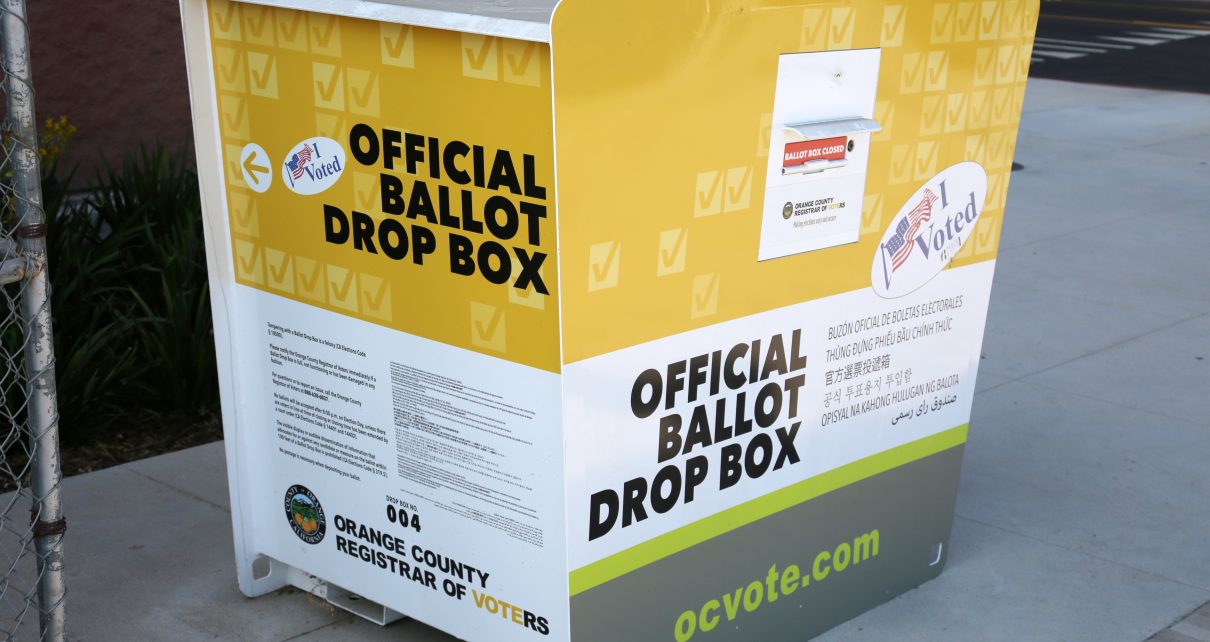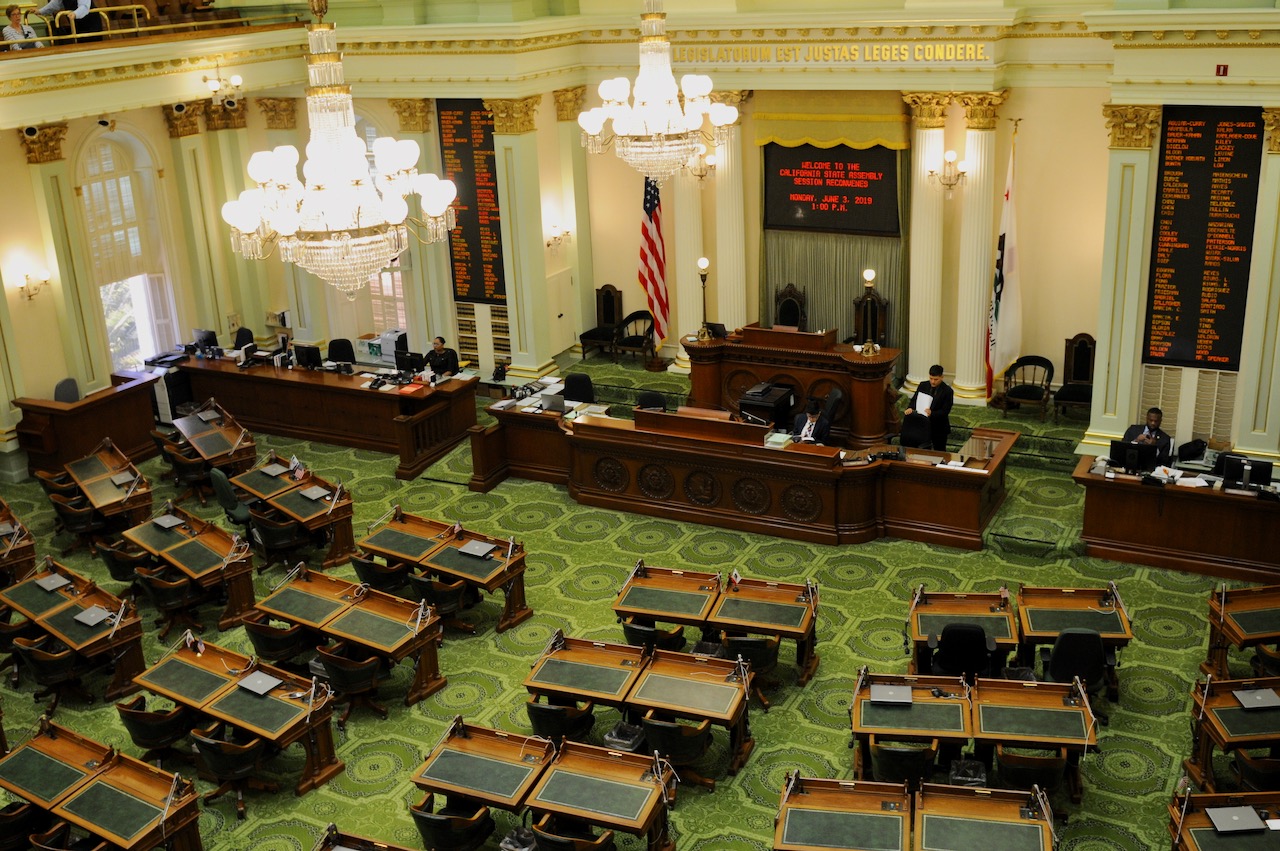
Official Ballot Drop Box placed ready to accept Voting Ballots for the upcoming election. Santa Ana, CA, Sept. 23, 2020. (Photo: mikeledray/Shutterstock)
California Court Decisions on Statutory Construction of Ballot Measures
When ballot measure language is ambiguous, the state courts look at documents to ascertain voters’ intent
By Chris Micheli, October 4, 2024 1:00 pm
An important topic, as voters consider 10 measures on the California statewide ballot in November, is how these and other ballot measures are often interpreted by California courts. As a result, this article sets forth a number of applicable quotes from appellate court decisions in this state to help guide in the interpretation of state ballot measures.
At the outset, the state’s courts have clear principles of statutory interpretation they use for interpreting ballot measures. For example, “’The rules governing statutory construction are well established. Our objective is to ascertain and effectuate [the] legislative intent.’ (City of Huntington Beach v. Board of Administration (1992) 4 Cal.4th 462, 468; see Mejia v. Reed (2003) 31 Cal.4th 657, 663.) The same rules of construction apply when interpreting a voter initiative. (Robert L. v. Superior Court (2003) 30 Cal.4th 894, 900-901, as modified Aug. 20, 2003.)”
Thereafter, the courts follow the first rule of statutory interpretation in this state, which is to examine the language of the ballot measure. If the ballot measure language is clear, that is followed. As the courts have said, “’In determining legislative or voter intent, we first look to the language itself. (Mejia, supra, 31 Cal.4th at p. 663.) ‘If the language is clear and unambiguous there is no need for construction, nor is it necessary to resort to indicia of the intent of the Legislature. . ..’ (Lungren v. Deukmejian (1988) 45 Cal.3d 727, 735.) ‘But the `plain meaning’ rule does not prohibit a court from determining whether the literal meaning of a statute comports with its purpose. . ..’ (Ibid.)”
However, when ballot measure language is ambiguous (meaning it is subject to more than one reasonable interpretation), then the state courts look at documents to try to ascertain the intent of the voters. For example, “When the language is ambiguous, we refer to other indicia of legislative or voter intent such as legislative history, public policy, or analyses and arguments contained in the official voter information guide. (Robert L. supra, 30 Cal.4th at pp. 900-901; Hoechst Celanese Corp. v. Franchise Tax Bd. (2001) 25 Cal.4th 508, 519.) Our task is simply to interpret and apply the language of a statute or initiative so as to effectuate the Legislature’s or electorate’s respective intent. (Ibid.)”
- Enforcement of Judgments in California - December 13, 2025
- General Provisions Related to Family Law Support - December 13, 2025
- Petitions for Forming Harbor Districts in California - December 12, 2025




